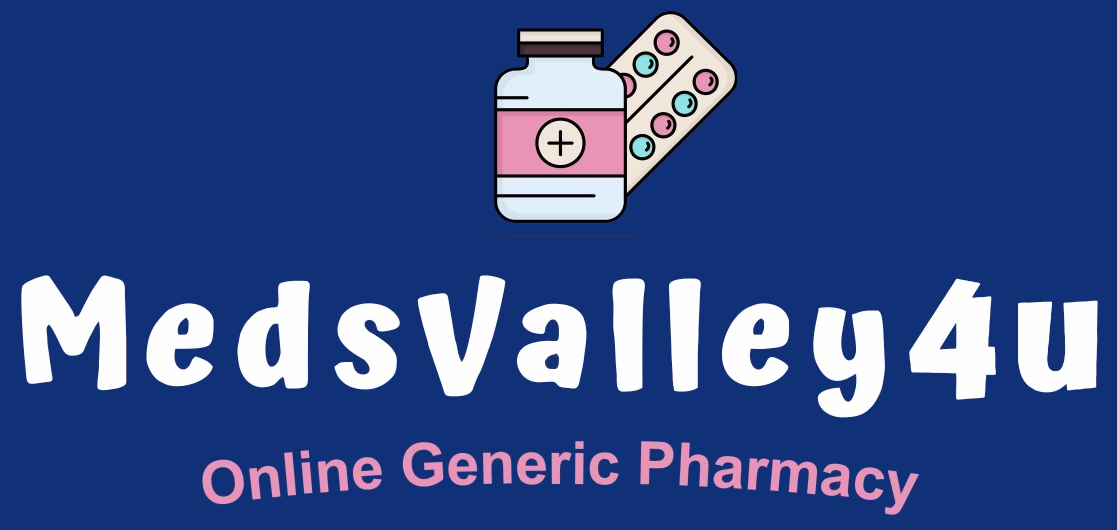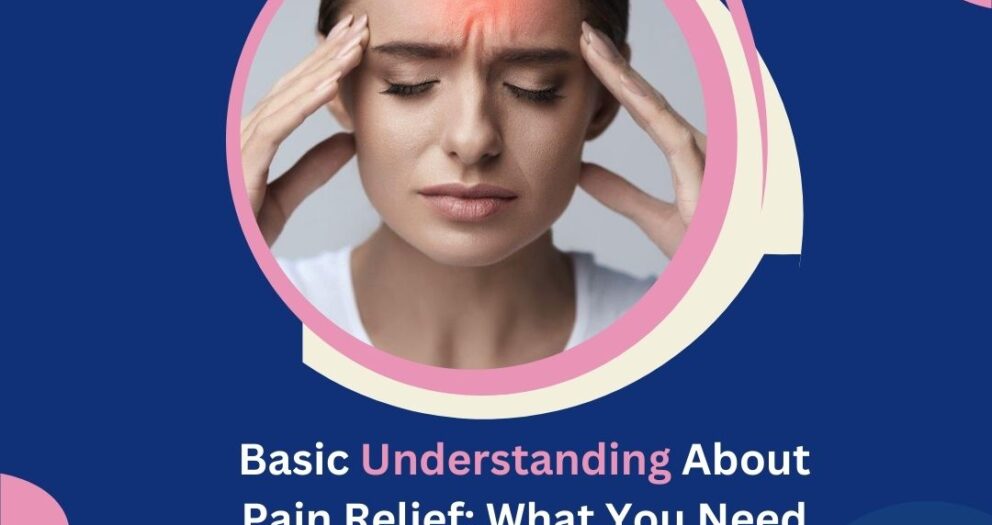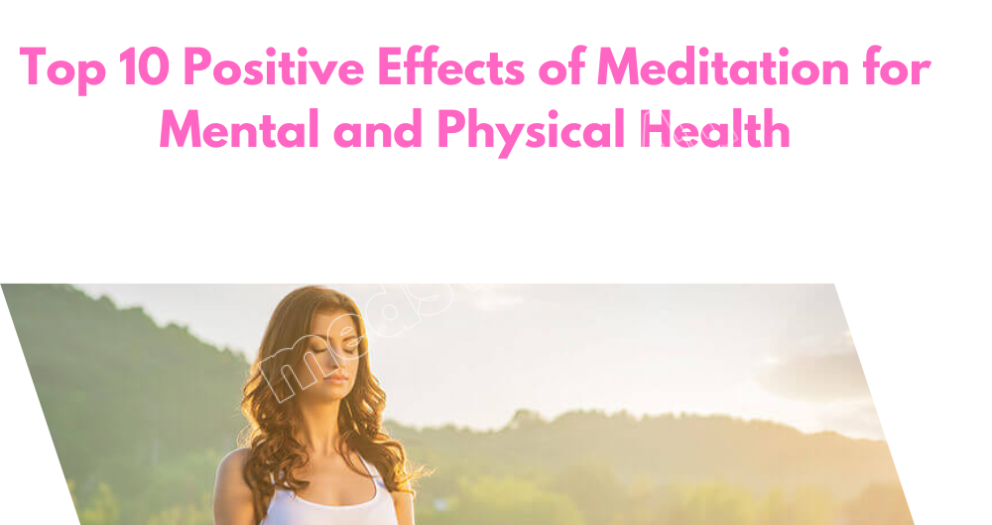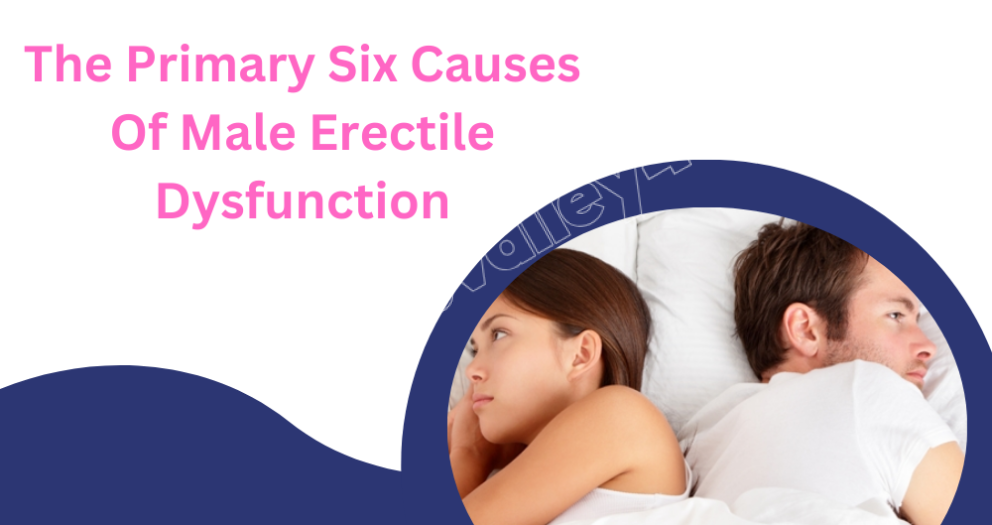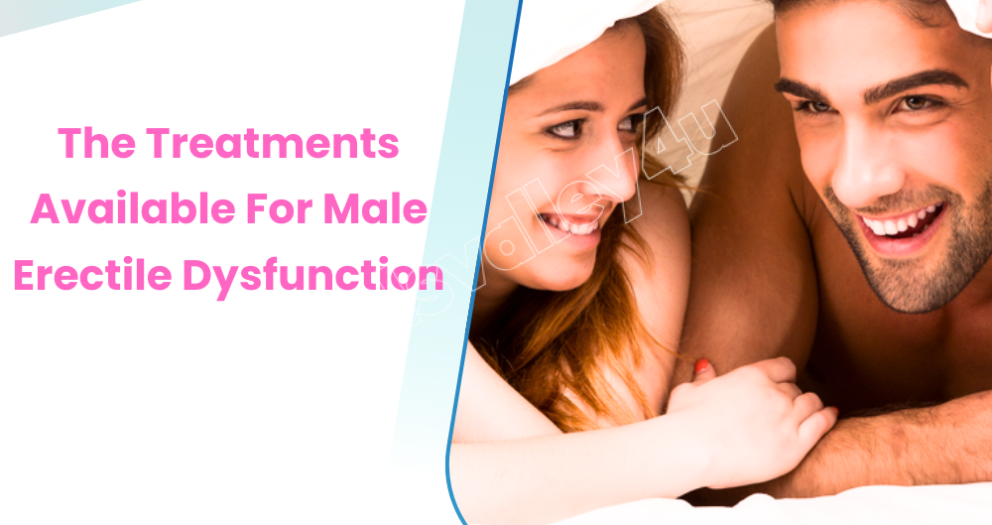06/08/2024
medsvalley4u
What Women Feel And Think About Sexual Desire?
About Sexual Desire in Women:
Sexual desire in women is a complex and multifaceted experience influenced by a variety of physical, psychological, emotional, and social factors. Unlike men, whose sexual desire is often more consistent and directly linked to physical arousal, women’s it is more variable and can be deeply intertwined with their emotions, relationships, and overall well-being. Here’s a detailed exploration of what women feel and think about sexual desire:
1. Understanding Sexual Desire in Women
- Definition: It, often referred to as libido, is the interest in or drive toward sexual activity. For women, this desire is not just a physical response but also an emotional and psychological experience.
- Variability: It in women can fluctuate significantly over time, influenced by factors such as hormonal changes (e.g., menstrual cycle, pregnancy, menopause), stress, relationship dynamics, and life circumstances.
2. Physical Aspects of Sexual Desire
- Hormonal Influence: Hormones like estrogen, progesterone, and testosterone play significant roles in a woman’s sexual desire. For example:
- Menstrual Cycle: Desire often increases around ovulation when estrogen and testosterone levels are higher.
- Pregnancy and Postpartum: Hormonal shifts during and after pregnancy can either increase or decrease sexual desire.
- Menopause: The drop in estrogen levels during menopause can lead to a decrease in libido, often accompanied by physical symptoms like vaginal dryness or discomfort during intercourse.
- Physical Health: General physical health, including energy levels, chronic illnesses, and pain, can impact sexual desire. Conditions like diabetes, thyroid disorders, or cardiovascular disease can affect libido.
3. Psychological and Emotional Factors
- Mental Health: Women’s sexual desire is closely linked to their mental health. Conditions like depression, anxiety, or stress can diminish libido. Conversely, positive mental health and a sense of well-being can enhance sexual desire.
- Body Image and Self-Esteem: How a woman perceives her own body can significantly affect her sexual desire. Women who feel confident and comfortable with their bodies are generally more likely to experience healthy levels of sexual desire. In contrast, those with negative body image may struggle with desire.
- Past Experiences: Previous experiences, particularly those involving trauma or negative sexual encounters, can shape a woman’s current feelings about sex and influence her desire.
4. Relational and Social Influences
- Relationship Dynamics: The quality of a woman’s relationship with her partner plays a crucial role in her sexual desire. Trust, communication, emotional intimacy, and mutual respect are key factors that can either enhance or diminish libido.
- Emotional Connection: Women often express that feeling emotionally connected to their partner is a prerequisite for sexual desire. When emotional intimacy is strong, sexual desire tends to be higher.
- Conflict and Stress: Ongoing conflicts, lack of communication, or feelings of resentment in a relationship can dampen sexual desire. Relationship stress often manifests as a reduced interest in sexual activity.
- Cultural and Social Norms: Societal expectations and cultural beliefs about sexuality can shape how women perceive and express their sexual desire. In some cultures, there may be pressures to conform to certain sexual roles or behaviors, which can either suppress or exaggerate sexual desire.
- Life Stage and Responsibilities: Life stages such as motherhood, career demands, or caring for aging parents can shift priorities and affect sexual desire. The balance between personal time, couple time, and other responsibilities can influence how often and how intensely a woman feels sexual desire.
5. Cognitive and Psychological Perspectives
- Cognitive Arousal: Women’s sexual desire is often more responsive to cognitive and emotional stimuli than purely physical ones. Thoughts, fantasies, and emotional connections can play a significant role in arousing sexual desire.
- Desire Discrepancy: In relationships, it’s common for partners to have differing levels of sexual desire. Women may feel pressure or frustration if there’s a mismatch in desire between them and their partner, leading to complex emotions surrounding sex.
- Sexual Autonomy: How women view their own sexual agency and autonomy affects their sexual desire. Women who feel empowered and in control of their sexual decisions are more likely to experience positive sexual desire, while those who feel pressured or controlled may have diminished desire.
6. Desire and Satisfaction
- Sexual Satisfaction: It is closely linked to sexual satisfaction. Women who experience fulfilling sexual encounters are more likely to have a higher libido. Satisfaction is not just about physical pleasure but also emotional fulfillment, mutual respect, and a sense of connection with their partner.
- Communication: Open and honest communication about sexual needs, preferences, and boundaries is crucial for maintaining healthy sexual desire. When women feel heard and understood by their partners, their desire often increases.
7. Challenges and Barriers
- Sexual Dysfunction: Some women experience sexual dysfunction, such as hypoactive sexual desire disorder (HSDD), which is characterized by a persistent lack of sexual desire that causes distress. This can be influenced by both psychological factors and physical health conditions.
- Societal Stigma: In some cultures, there is stigma or shame associated with female it, which can lead women to suppress or feel guilty about their libido. This can create internal conflicts and reduce desire.
- Performance Pressure: The pressure to perform sexually or meet certain expectations can negatively impact desire. Women may feel stressed about their ability to satisfy their partner or maintain a certain level of sexual activity, which can reduce spontaneous desire.
8. Strategies to Enhance it
- Fostering Emotional Intimacy: Building and maintaining emotional closeness with a partner can enhance sexual desire. This includes spending quality time together, expressing affection, and resolving conflicts constructively.
- Exploring Fantasies and Preferences: Women can explore their sexual preferences and fantasies, either alone or with their partner, to enhance desire. Understanding what stimulates them mentally and emotionally can lead to a more fulfilling sexual experience.
- Managing Stress: Reducing stress through relaxation techniques, hobbies, or therapy can improve overall well-being and, in turn, sexual desire.
- Healthy Lifestyle Choices: Regular exercise, a balanced diet, and sufficient sleep can boost energy levels and overall health, which can positively impact sexual desire.
- Professional Help: If that issues are persistent and distressing, seeking help from a therapist or sex counselor can be beneficial. Therapy can address underlying emotional or relational issues that may be affecting desire.
Read Other posts:
- Basic Understanding About Pain Relief: What You Need to Understand
- Top 10 Positive Effects of Meditation for Mental and Physical Health
- What Should You Eat Every day to Stay Healthy?
- Aerobic Exercise Has Advantages for Your Health
